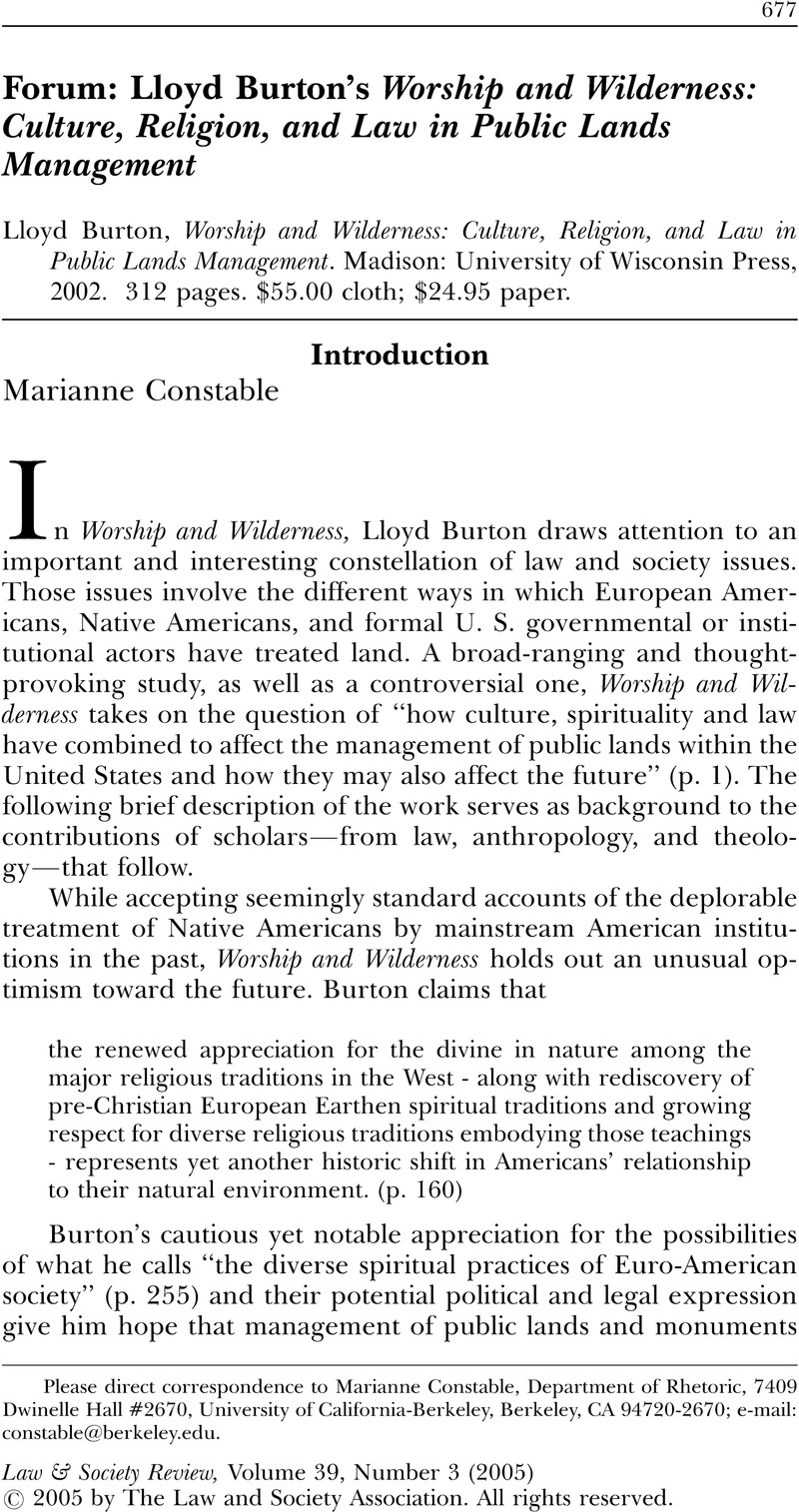Crossref Citations
This article has been cited by the following publications. This list is generated based on data provided by Crossref.
Williams, Lucy
and
Yu, Mei-Kuei
2006.
Domestic Violence in Cross-border Marriage - A Case Study from Taiwan.
International Journal of Migration, Health and Social Care,
Vol. 2,
Issue. 3/4,
p.
58.
Donlan, Seán Patrick
2011.
The Mediterranean Hybridity Project: At the Boundaries of Law and Culture.
SSRN Electronic Journal,
Jung, Hyunjoo
2012.
Constructing Scales and Renegotiating Identities: Women Marriage Migrants in South Korea.
Asian and Pacific Migration Journal,
Vol. 21,
Issue. 2,
p.
193.
Jones, Gavin W.
2012.
Marriage Migration in Asia: An Introduction.
Asian and Pacific Migration Journal,
Vol. 21,
Issue. 3,
p.
287.
Jeffreys, Elaine
and
Pan, Wang
2013.
The rise of Chinese-foreign marriage in mainland China, 1979–2010.
China Information,
Vol. 27,
Issue. 3,
p.
347.
Bonjour, Saskia
and
Kraler, Albert
2015.
Introduction.
Journal of Family Issues,
Vol. 36,
Issue. 11,
p.
1407.
Zhang, Juan
Lu, Melody Chia-Wen
and
Yeoh, Brenda S A
2015.
Cross-Border Marriage, Transgovernmental Friction, and Waiting.
Environment and Planning D: Society and Space,
Vol. 33,
Issue. 2,
p.
229.
Friedman, Sara L.
2016.
Revaluing marital immigrants: educated professionalism and precariousness among Chinese spouses in Taiwan.
Critical Asian Studies,
Vol. 48,
Issue. 4,
p.
511.
Chang, Hsin-Chieh
2016.
Marital Power Dynamics and Well-Being of Marriage Migrants.
Journal of Family Issues,
Vol. 37,
Issue. 14,
p.
1994.
Kudo, Masako
2017.
The evolution of transnational families: bi-national marriages between Japanese women and Pakistani men.
Critical Asian Studies,
Vol. 49,
Issue. 1,
p.
18.
Longo, Gina Marie
2018.
Keeping It in “the Family”: How Gender Norms Shape U.S. Marriage Migration Politics.
Gender & Society,
Vol. 32,
Issue. 4,
p.
469.
Quah, Sharon Ee Ling
2020.
Transnational divorces in Singapore: experiences of low-income divorced marriage migrant women.
Journal of Ethnic and Migration Studies,
Vol. 46,
Issue. 14,
p.
3040.
Quah, Sharon Ee Ling
2020.
The Working of Heteronormativity: Transnational Remarriage as Pragmatic Strategy.
Journal of Family Issues,
Vol. 41,
Issue. 7,
p.
937.
Chen, Yali
2021.
Gender discrimination in societal and familial realms: Understanding agency among Chinese marriage migrant women in Switzerland.
Asian and Pacific Migration Journal,
Vol. 30,
Issue. 1,
p.
18.
Arnado, Janet M.
2021.
Cultural whitening, mobility and differentiation: lived experiences of Filipina wives to white men.
Journal of Ethnic and Migration Studies,
Vol. 47,
Issue. 9,
p.
1994.
Statham, Paul
2022.
Love, Money and Obligation: Transnational Marriage in a Northeastern Thai Village.
Contemporary Sociology: A Journal of Reviews,
Vol. 51,
Issue. 4,
p.
302.
Coşkun, Emel
and
Budaichieva, Elvira
2023.
State restrictions and gender-based violence in cross-border marriages: The case of Kyrgyz women in Türkiye.
Asian and Pacific Migration Journal,
Vol. 32,
Issue. 4,
p.
749.
Tan, Elaine
and
Choo, Hyekyung
2023.
An exploratory study on the challenges faced by social workers working with transnational families in Singapore.
International Social Work,
Vol. 66,
Issue. 5,
p.
1483.
Chen, Yali
2023.
Dealing with differences in intermarriage: the negotiation of power by Chinese migrant women in Switzerland.
Journal of Ethnic and Migration Studies,
Vol. 49,
Issue. 19,
p.
5117.



